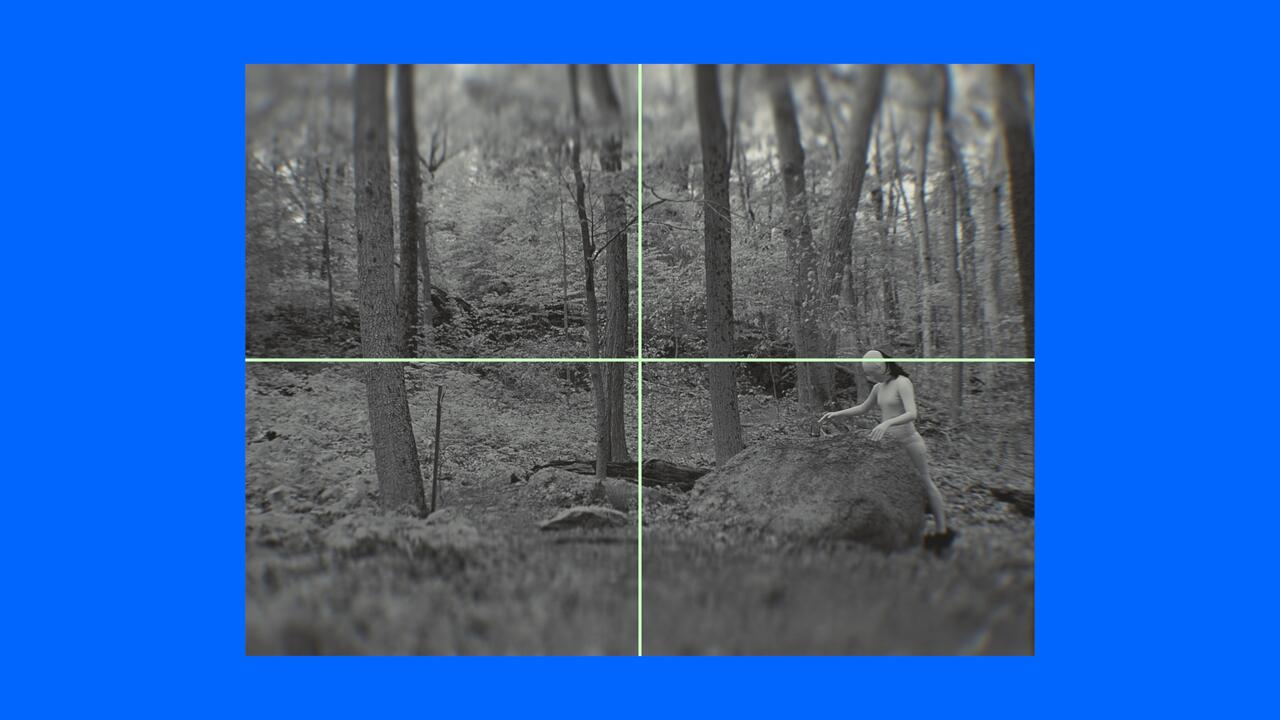Killl
Henie Onstad Art Centre, Høvik, Norway
Henie Onstad Art Centre, Høvik, Norway
A Black Metal concert at one of Norway’s most prestigious cultural institutions on a Sunday afternoon? You’d be forgiven for thinking it was just a typical Norwegian day out. Taken alongside Drone Metal dark lords Sunn O))) performing at Bergen’s Domkirke cathedral in 2007, you wouldn’t be blamed for thinking that Norse Black Metal’s theological war against Christianity had actually been won.
Nowadays, of course, metal gigs in New York and London galleries aren’t so extraordinary thanks to artists like Banks Violette and Matthew Barney’s use of metal musicians and imagery. Norway, however, is understandably still a bit touchy about the genre following a spate of murders and church-burnings in the early 1990s, events that involved members of the Black Metal bands Burzum, Mayhem and Emperor. Thankfully for the regular patrons of Henie Onstad Art Centre, the members of Killl aren’t so keen on sporting corpse paint, body armour and yielding axes.
Noisy artists performing at Henie Onstad is nothing new. The centre in Høvik, just outside Oslo, opened its doors in August 1968 with a specially commissioned electro-acoustic piece entitled ‘Solitaire’ by Norwegian composer Arne Nordheim. Along with Hal Clark, Nordheim set up the Norwegian Studio for Electronic Music in 1975, modelled on studio spaces like IRCAM in Paris, which specifically aimed to showcase electro-acoustic music. Karlheinz Stockhausen, Iannis Xenaxis and John Cage have all performed and recorded here, and today’s gig is part of the ‘Høvikodden Live’ series, the aim of which is to replicate the avant-garde concerts hosted here in the late ’60s and ’70s.

It’s in this very space that Killl’s concert takes place. Anyone wandering into this large white room prior to the concert could easily mistake the stage set as an installation: there’s no actual stage. Large draped panels in a zigzagged tricolour pattern tower over the band’s equipment, which noticeably doesn’t include guitar amps and comprises an electronic drum kit rather than a ‘real’ one.

Truth be told, Killl aren’t typical of Black Metal or indeed any other genre. What they do take from Black Metal is the ability to create symphonic crescendos from pure noise that at times verges on classical virtuosity. Vocals are used sparingly and favour both the high-pitched caterwauling prevalent in Black Metal and guttural growls preferred by Death Metal bands. Traditional bass guitar is largely eschewed in favour of electronic sub-bass tones. Their closest sonic relatives are perhaps John Zorn’s experiments with metal dynamics in Painkiller and the excellent Norwegian atmospheric Metal band Ulver. However the Killl live experience is closer to an early Acid House rave than a traditional rock concert. When the intense strobe lighting (supplied by Kyrre Heldal Karlsen who is deservedly regarded as an actual member of Killl) collides with the stage backdrop, an optical phenomenon occurs akin to the effect of staring at a Bridget Riley work, only in tricolour.
The fact that there are no actual recordings of Killl means that the band really only exists in this live form. The audience is made up of practically every demographic (as far as Norway goes), only heightening the effect that you’ve entered some subterranean rave where the music of Burzum and Pan Sonic happily collide. It’s a shame it only lasts for an hour.
















